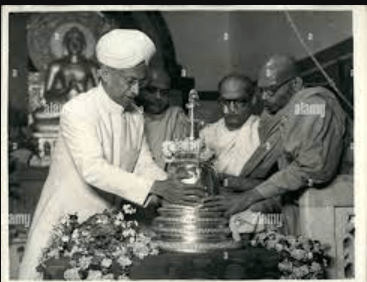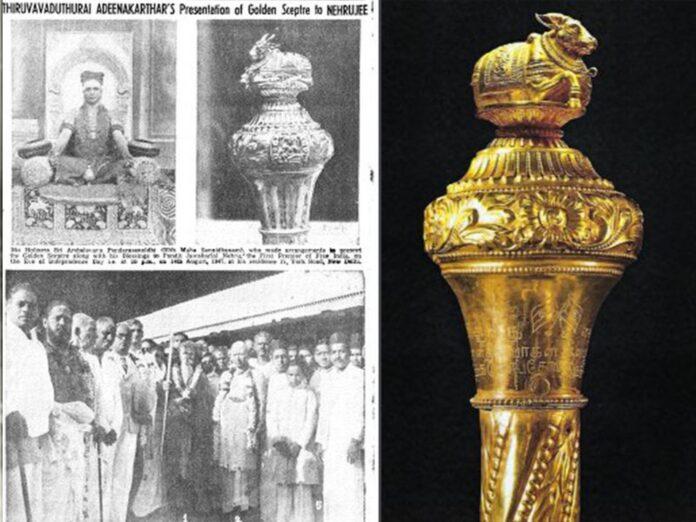Some of the references of the Sengol. While I intend to write in detail about the Septor, different versions floating around. My endeavour is to give first-hand documentation with available references.
The letter is mentioned in the book “e Transfer of Power in India” by Penderel Moon. Moon was a British civil servant who was present in India during the transfer of power. .The book “The Transfer of Power in India” by Penderel Moon is page 441. The letter is from the Maharaja of Mysore to the Viceroy of India, Lord Mountbatten. In the letter, the Maharaja asks Mountbatten to arrange for the Sengol to be presented to the new Prime Minister of India, Pandit Jawaharlal Nehru, on the occasion of his taking office on 15 August 1947. The Sengol is a sacred scepter from Tamil Nadu, and the Maharaja believes that it would be a fitting symbol of the transfer of power from the British to the Indian people.
Here is the full quote from the letter:
I am writing to you to ask you to arrange for the Sengol to be presented to the new Prime Minister of India, Pandit Jawaharlal Nehru, on the occasion of his taking office on 15th August 1947. The Sengol is a sacred scepter from Tamil Nadu, and I believe that it would be a fitting symbol of the transfer of power from the British to the Indian people.
The Sengol is a symbol of the authority of the Maharaja of Mysore, and it has been in the possession of my family for many centuries. It is made of gold and encrusted with precious stones, and it is a very beautiful object.
I believe that the Sengol would be a fitting gift for the new Prime Minister of India. It is a symbol of the ancient traditions of India, and it is a symbol of the authority of the people. I hope that you will agree to my request and that you will arrange for the Sengol to be presented to Pandit Nehru on the occasion of his taking office.
The Sengol was indeed presented to Pandit Nehru on 15 August 1947, and it remains in the possession of the Indian government to this day.
The letter is also mentioned in the book “The Discovery of India” by Jawaharlal Nehru. In his book, Nehru himself writes about the Sengol, saying:
The page number of the quote in the book “The Discovery of India” by Jawaharlal Nehru is page 578. The quote is from the chapter “The Transfer of Power”, and it is part of a larger passage in which Nehru describes the events of 15 August 1947, the day that India gained independence from the British.
Here is the full quote:
On the morning of 15 August 1947, I was presented with the Sengol, a sacred sceptre from Tamil Nadu. It was a symbol of the transfer of power from the British to the Indian people. I received it with a deep sense of humility and gratitude. I felt that it was a great responsibility that had been placed on my shoulders, and I vowed to do my best to live up to it.
The Sengol is a sacred sceptre that has been in the possession of the Maharaja of Mysore for many centuries. It is made of gold and encrusted with precious stones, and it is a very beautiful object. The Maharaja presented the Sengol to Nehru as a symbol of the authority of the people and the ancient traditions of India.
Nehru was deeply moved by the presentation of the Sengol, and he saw it as a sign of the people’s trust in him. He vowed to do his best to live up to their expectations, and he worked tirelessly to build a new India that was free, democratic, and prosperous.
Although the letter itself is not publicly available, the references to it in other documents provide some evidence of its existence. The letter is a significant historical document that represents the transfer of power from the British to the Indian people in 1947. It is a reminder of the sacrifices that were made and the struggles that were overcome in order to achieve India’s independence.






